People have been using essential oils for thousands of years for medicinal, religious, and beautification purposes.
Essential oils are made from concentrated plant extracts. These fragrant oils possess incredible benefits for meditation including improved concentration, mental clarity, relaxation, pain relief, and spiritual grounding.
In addition to helping you deepen your practice, they offer an assortment of health benefits such as cancer prevention, wound healing, anti-anxiety, stress relief and much more.
Enjoy the aromatic journey into health and wellness while taking your meditation practice to the next level with the help of these incredible essential oils.
What is meditation?
Meditation is the practice of mental awareness. It’s a way of transforming your mental landscape and cultivating peace. It has been practiced for thousands of years across many cultures and continues to be popular today.
There are many reasons why people meditate such as to reduce stress, improve concentration, or increase their capacity to experience compassion and empathy. For some people, it’s as simple as wanting to chill out after a hectic long day.
Studies continue to show that it offers numerous benefits for our health such as reduced stress and inflammation, improved immune function, slows the aging process, increases self-awareness, and happiness.
How to use essential oils for meditation
Meditation can be challenging, especially for beginners. Setting aside time each day and committing to a practice schedule takes dedication and discipline.
Not only that, but the actual practice itself can at times be a little difficult too. Essential oils can be used as safe and affordable meditation tools to help you stay focused and committed to your practice. Furthermore, these beautiful aromas can also increase your enjoyment and help you take your practice to the next level.
When used properly, these natural plant extracts are highly beneficial. Essential oils offer numerous benefits to you during meditation such as improved concentration, reduced stress and anxiety, muscle relaxation and pain relief, air purification, and heightened spiritual connection.
Additionally, they have been found to provide relief, promote healing and help prevent ailments such as cancer, arthritis, bacterial infections, and chronic pain.
And did I mention, they smell amazing too?!
What are essential oils?
Essential oils are concentrated aromatic extracts. They’re harvested from the flower, leaves, bark, stem, roots, or resins from plants. The oils each contain a unique combination of active ingredients that offer a variety of therapeutic benefits.
Some compounds found in plants are useful for wound healing as they fight infection and promote cell regeneration. Other oils contain compounds that offer emotional benefits such as promoting relaxation and stress relief.
Essential oils are often used in complementary medicine to achieve balance of the mind, body, and soul. Oils are generally inhaled, used in massage applications, applied to skin, or in specific circumstances, taken orally. There are now more than 400 different kinds of essential oils on the market.
What is aromatherapy?
Aromatherapy refers to the use of essential oils to promote healing. This practice has been around for over 6,000 years. Ancient cultures such as the Chinese, Indian, Egyptians, Greeks, and Romans used essential oils. Applications of these oils included: therapeutic, spiritual, ritualistic, hygienic, cosmetic, perfume, and drugs.
In 1910, a French chemist named René-Maurice Gattefossé was working in a perfumery laboratory when suddenly an explosion left both his hands severely burned. The burn quickly developed a potentially lethal infection called gas gangrene. (Gas gangrene is a life-threatening infection caused by Clostridium perfringens bacteria.)
Gattefossé applied a topical rinse of lavender oil to treat the infected tissue. The oil stopped the spread of the infection and healing was rumored to have begun within a day. Inspired by this discovery, Gattefossé began studying the antiseptic applications of lavender, thyme, lemon, and clove oils in wound treatment with medical doctors in World War One.
By 1928 he founded the field of study we have now come to know as aromatherapy.
What are the best essential oils for meditation?
With hundreds of oils available on the market, it can be difficult to choose the right ones for you. Additionally, finding oils that are beneficial for medication can be yet another challenge.
To make things easier for you, we’ve put together a list of our top choices that can be used individually or blended to suit your needs.
Frankincense
Boswellia sacara & Boswellia catareii
Frankincense oil is an aromatic concentrate harvested from Boswellia tree resin. This ancient Arabic oil has been used for thousands of years in spiritual, healing, and beauty applications.
Frankincense has long been associated with grounding and increasing spiritual connectivity. It’s believed that frankincense promotes healing and balance while protecting both the physical and energetic body. It’s often used to clear a space of negative energy and heighten one’s senses.
Benefits of Frankincense that make it especially useful for meditation include: reduced inflammation, stress, anxiety, and pain. Furthermore, this oil helps to promote relaxation and deep sleep.
Frankincense works as an anti-inflammatory agent and can also help you breathe better. As breathing is at the very foundation of meditation, it’s important that whatever essential oils you use during your practice help you connect with a deep calm breath.
Additional uses of Frankincense include skin care, improved memory, healing, and immune function, as well as relief from coughing, pain and indigestion. Clinical trials with Frankincense extracts showed promising results for people suffering from a variety of health conditions such as rheumatoid arthritis, Crohn’s disease, bronchial asthma, and colitis.
Frankincense has a delicate earthy fragrance. It also blends well with oils such as lavender, bergamot, sandalwood, clary sage.
Sandalwood
Santalum album L.
Sandalwood (Santalum album L.) is extracted from a fragrant tree harvested primarily in India.
It’s been used for centuries in perfumes, incense, traditional medicine, religious and cultural traditions.
For meditative purposes, sandalwood is useful for promoting calmness and relaxation.
In addition to creating a tranquil space, it’s antibacterial and antiviral and will help cleanse the air and promote deep breathing throughout your practice.
It also helps to improve overall feelings of well-being and mental clarity which assists in staying focused during your practice. People have also found that it makes them feel more able to cope with life’s challenges and stay present.
Sandalwood contains α-santalol, a constituent that has been found to possess anti-hyperglycemic, anti-inflammatory, anti-spasmotic, antiseptic, and anti-aging benefits. A 2014 study found that it might also prevent certain kinds of skin cancer.
Sandalwood has a long-lasting warm, sweet, earthy fragrance. It’s often used to infuse incense or candles used in religious ceremonies.
It’s very pleasant on its own and blends well with frankincense, bergamot, lavender, vanilla, patchouli, and rose.
Bergamot
Citrus bergamia
Bergamot oil is extracted from the peel of an Italian citrus fruit that resembles a hybridized orange-lime. This fragrant oil has been used for centuries in perfumeries because of its unique versatility in blending with many other scents.
Bergamot has an uplifting citrus aroma that’s stress relieving. It’s a great pain reliever and can help soothe muscle aches that are commonly experienced during prolonged sitting meditation practices. Inhaling bergamot has also been shown to promote deep relaxation, improve mood, and promote confidence.
Since bergamot is antibacterial, antiviral, and antifungal, it’s especially beneficial for purification and illness prevention. It’s also useful for relieving chest congestion, improving respiratory infections, depression, and aiding in digestion.
In addition to its highly sought after scent, it’s also well known for flavoring the popular Earl Grey and Lady Grey teas.
Bergamot has a beautiful scent on its own but can blend well with many other oils. Use it to lift your spirits, improve your mood, boost your confidence and relax. Blend with sandalwood, frankincense, lavender, or palo santo for a refreshing meditation aroma.
Lavender
Lavandula angustifolia
Lavender has been used in traditional medicine since the time of ancient Greece and Rome. For centuries, this herb has been used to promote calmness, relaxation, sleep, and healing.
Lavender grows native in the Mediterranean and is closely related to mint.
The active ingredients in lavender are: linalyl acetate, β-linalool, and β-caryophyllene. Linalyl acetate and β-linalool are known to be sedative and calming. These compounds are easily absorbed via inhalation and take approximately 7 minutes to take effect.
Lavender oil is antibacterial, antifungal, detoxifying, carminative (muscle relaxant), antidepressant, and promotes wound healing. It reduces tension, lowers blood pressure, stimulates blood circulation, helps with respiratory problems including asthma, congestion, bronchitis, cold, and flu.
As a gastroprotective oil, it can offer relief from digestive ailments. It’s also effective at relieving headaches. Furthermore, it possesses neuroprotective properties and has powerful antioxidants which slow the aging process.
Lavender is a powerful oil for women. It can help to regulate menses and relieve cramps, especially when massaged onto the abdomen. Research has found that lavender can also reduce anxiety in women going through labour.
While it’s incredibly relaxing, lavender is also very refreshing. It helps to lower blood pressure, reduce heart rate, and lower skin temperature. It’s calming effects are very beneficial for meditation practice especially if you’re feeling anxious or feel stressed.
Try lavender oil on its own or blend it with bergamot or rosemary to awaken the senses or frankincense, sandalwood and jasmine to unwind.
Jasmine
Jasminum officinale
Jasmine flowers are a delicate fragrant white or yellow flower found throughout the world. The oil is popular in cosmetics and perfumes because of its incredible sweet exotic aroma.
The blossoms are hand picked at night when their scent is at its most potent level. This labor intensive harvest makes authentic jasmine oil a heavily sought after product.
The oil is antiseptic, antidepressant, antispasmodic, beneficial in wound healing, reduces congestion, and improves mood.
Jasmine is an aphrodisiac. This oil is believed to help with rekindling emotional warmth and promoting romantic connectivity. This romantic fragrance can be used as a massage oil to set the mood.
Despite the fact that it’s known as the “King of Oils”, jasmine is highly beneficial for women. It’s been used to help ease labor pains, stimulate breast milk, reduce postnatal depression, reduce period cramps, and regulate menstruation, and relieve menopausal symptoms. It’s also used to reduce sexual frigidity and stir romantic emotions.
Jasmine’s stimulating aroma is great for meditation especially for those are are looking for a natural mood boost, improved alertness, stress relief, and increased energy.
On it’s own, jasmine oil is sweet, exotic, and gentle. It’s effective both inhaled or applied directly to the skin. It can be blended with lavender and frankincense for a powerful relaxing mood boosting formula that will help with concentration.
Rosemary
Rosmarinus Officinalis
Rosemary is a fragrant culinary herb popular in Mediterranean cooking. Since the time of the ancient Greeks and Romans (500 b.c.), this relative of mint, lavender, sage, myrtle, and basil has been used for its numerous medicinal properties.
Rosemary extract is anti-inflammatory, analgesic, anti-fungal, and anti-neurodegenerative.
Traditionally, rosemary has been used to help relieve muscle pain, improve memory, increase immune function, aid in digestion, stimulate the circulatory system, relieve dysmenorrhea (painful menstruation), and stimulate hair growth.
It contains polyphenols (carnosic acid and rosmarinic acid) which have demonstrated anticancer effects and might therefore be beneficial for cancer prevention and treatment.
If you suffer from chronic pain and inflammation or find it uncomfortable to sit for prolonged amounts of time, rosemary might just be your new favorite essential oil. It’s effective at treating neuropathic pain (chronic pain from nerve damage) and disorders caused by inflammation.
The U.S. Food and Drug Administration as well as the European Food and Safety Authority have approved specific rosemary extracts as a safe antioxidant additive to foods.
Palo Santo
Bursera graveolens
Palo Santo is a highly fragrant tree native to South America. It’s called holy wood, and has been used for centuries in traditional medicinal and therapeutic ceremonies. This tree is a cousin of Frankincense and Myrrh.
Palo Santo wood can be burned or used as an antioxidant packed essential oil. The wood is believed to possess incredible powers and for centuries was revered by the Incas and shamanic healers. Among its many benefits is its purification and energy cleansing benefits.
The smoke of Palo Santo is believed to energetically cleanse a person or a space much like smudging with sage or burning cedar. In the process, it’s believed to increase a person’s vibration and invite love, good fortune, and many blessings.
Palo Santo is a great oil to use during meditation because of its cleansing effects. Using it as part of your practice can help create a sacred space while grounding you to present moment awareness. Furthermore, it can help deepen your feeling of connectivity to others, the planet, and your higher self.
In addition to its spiritual benefits, Palo Santo is also a great source of antioxidants.
It contains limonene, a monoterpene that has been shown to both treat and prevent various forms of cancer.
Palo santo is incredibly relaxing and helps you destress and unwind. It soothes headaches, relieves muscle and joint pain, reduces inflammation, purifies the air, reduces allergy and indigestion symptoms, repels insects, and is antibacterial.
Palo santo has an earthy smell with hints of pine, mint, citrus. It blends well with frankincense, sandalwood, myrrh, bergamot, and lavender.
DIY meditation spray
If you don’t have an essential oil diffuser or heater, you can easily create a simple spray to use instead. All you will need is a clean spray bottle (dark glass works best), water (distilled if possible*), and your favorite essential oils.
Add 15-20 drops of your favorite essential oil or oil blend to approximately 1 oz of distilled water in a glass spray jar. Shake gently and then spray around your meditation space to distribute the aroma.
Store your spray out of direct sunlight or heat to extend its shelf life.
*Note – Most tap water undergoes a chemical cleaning process before it reaches your home. If you’re using tap water instead of distilled, consider filling your spray bottle and leaving the lid off overnight and then adding the oils in the morning. This will allow any chlorine to evaporate and won’t detract from the natural plant aromas. Always keep essential oils away from children and pets.
DIY essential oil meditation blend tips
It’s a good idea to try your essential oils on their own before you start blending them. See how your mind and body react to the individual oil’s then slowly begin introducing new ones if you wish.
You might also find that different oils appeal to you depending on how you’re feeling on a particular day. If you’ve feeling stressed, you might want to use some lavender oil to unwind. If you’ve been struggling to stay awake or concentrate today, bergamot might be useful.
Take inventory of how you’re feeling before you begin your practice to gauge the kinds of oils that you will need to help you at that moment.
Which essential oils should you buy?
There are now hundreds of vendors selling essential oils. As this industry becomes more competitive, some sellers have cut costs by diluting essential oils with nut and seed derivatives.
As always, we recommend that you use all-natural essential oils. When possible, choose organic products to reduce your exposure to harmful chemicals such as pesticides.
Look for undiluted essential oils so you aren’t risking reduced purity. It will also help you avoid interactions from dilution oils or synthetic fragrances.
Despite the popular misconception, therapeutic grade oils are not safe for ingestion. Since there is no governing body to regulate what’s considered food grade or therapeutic, you should only take essential oils internally under the guidance of a licensed professional.
If you’re vegan, be sure to check for cruelty-free certifications on your oils such as Leaping Bunny.
Take away
Essential oils can offer numerous benefits for meditation. In addition to relieving stress, anxiety, and pain, they can help you concentrate and deepen your practice.
In conclusion, there are lots of health benefits to be experienced from both meditation and essential oils. Using the two together can help foster improved feelings of wellness and peace while infusing your meditation space with beautiful therapeutic fragrances.
Try for yourself and see how essential oils can transform your meditation practice.

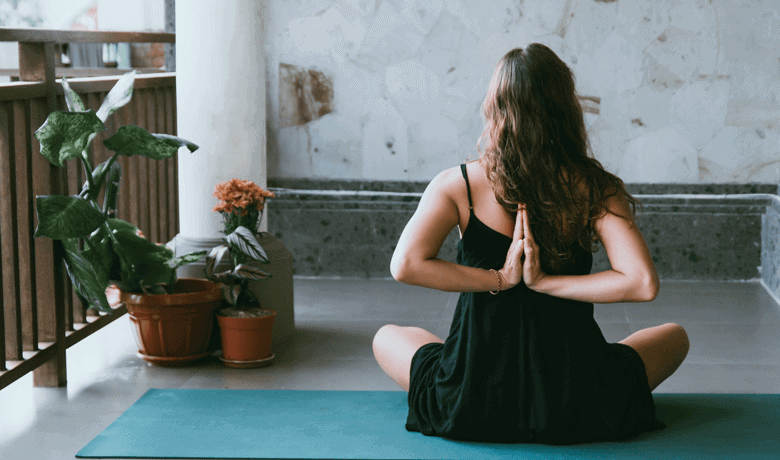
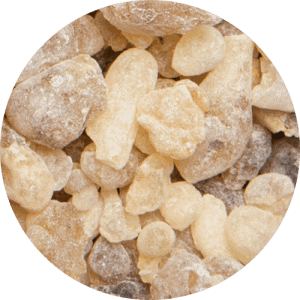
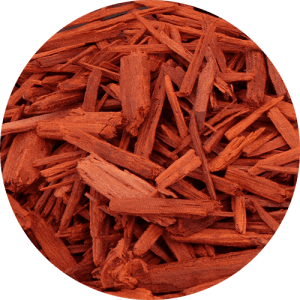
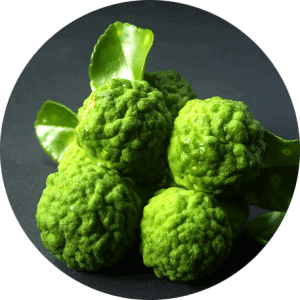
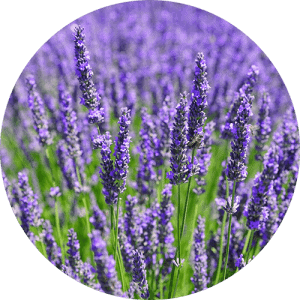
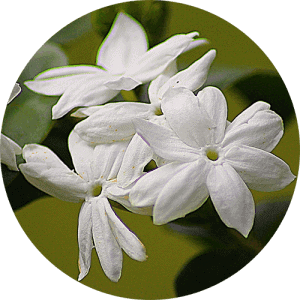
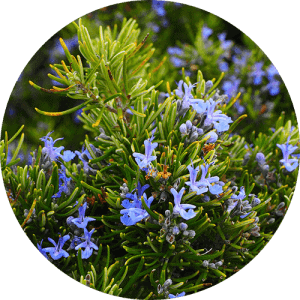
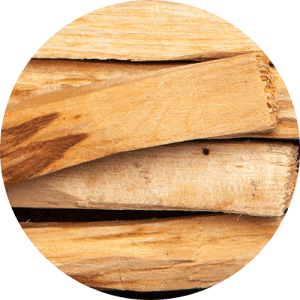

Hi, very nice website, cheers!
Hi. I’m glad he found yourbodythetemple.com website, I really like it! This article was very useful and I shared it! Thnx
I love reading about yoga and meditation. Thanks for the share. Very informative